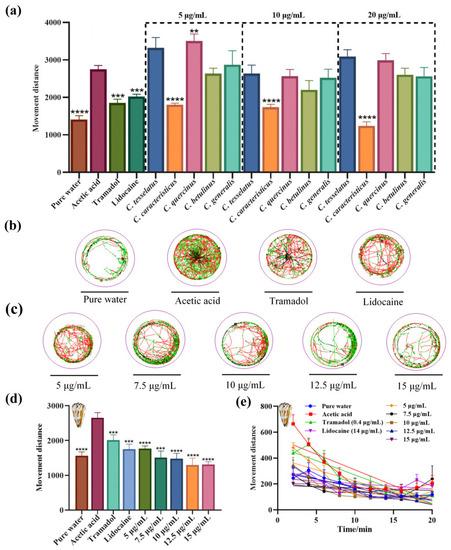- Title
-
Fingerprint Analysis and Comparison of Activity Differences of Crude Venom from Five Species of Vermivorous Cone Snail in the South China Sea
- Authors
- Sun, S., Liao, Y., Fu, J., Liang, Y., Chen, Y., Mao, K., Gao, B.
- Source
- Full text @ Mar. Drugs
|
Comparison of external characteristics and crude venom composition of five species of vermivorous cone snails. ( |
|
Cluster analysis of mitochondrial COI gene sequence and HPLC fingerprint of five species of vermivorous cone snails. ( |
|
Insecticidal effects and LD50 values of crude venom from five species of vermivorous cone snail on |
|
Cytotoxicity assays of crude venom from five species of vermivorous cone snail on ovarian cancer cells at different concentrations. ( |
|
Toxicity analysis of crude venom from five species of vermivorous cone snail on zebrafish at varying concentrations. ( |
|
Analgesic effects of crude venoms from five species of vermivorous cone snail on zebrafish larvae. ( |






